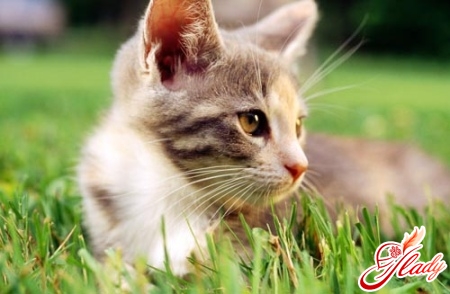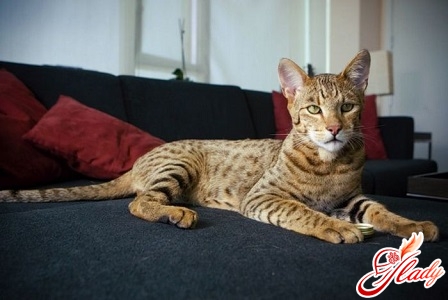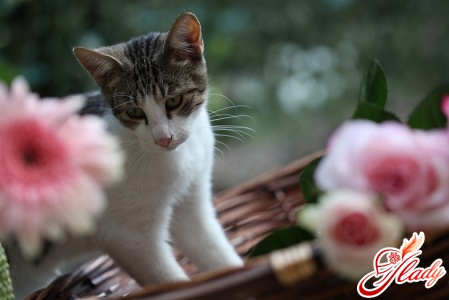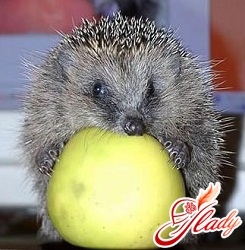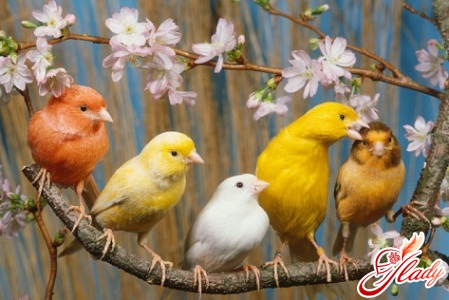 It is said that the singing of birds is very beneficialon human health, both mental and physical. Perhaps that's why for a long time people have kept such feathered singers as canaries in their homes. For a long history of domestication of these birds, they have turned into unpretentious pets that are undemanding to the content and feel great even in cramped conditions. At the same time they sing almost all the year round and multiply well. However, this does not mean that canaries can be kept "as horrible". For the comfortable existence of these birds in captivity, nevertheless, certain requirements must be observed. So, the canary is a care "by the rules."
It is said that the singing of birds is very beneficialon human health, both mental and physical. Perhaps that's why for a long time people have kept such feathered singers as canaries in their homes. For a long history of domestication of these birds, they have turned into unpretentious pets that are undemanding to the content and feel great even in cramped conditions. At the same time they sing almost all the year round and multiply well. However, this does not mean that canaries can be kept "as horrible". For the comfortable existence of these birds in captivity, nevertheless, certain requirements must be observed. So, the canary is a care "by the rules."
Rule one. Addiction
Like any living thing, this bird is not bigshould get used to a new place of habitation (for which your home will be for her). The adaptation period will last approximately two weeks, and depending on the temperament of your bird, it will either be bored all this time, or show unnecessary anxiety. Therefore, try not to disturb it during this period, and arrange the cage in a quiet place with dim lighting and give it the opportunity to calmly settle in the new conditions. If you have purchased a pair (or more) of birds, then the male is placed in a separate cage, and feathered "ladies" can be placed together. The cage with the bird should be placed so that children and pets can not reach it. Their curiosity will be completely explainable and excusable, but for a canary this premature acquaintance can become a real shock. By the way, when choosing a place for a cage, please note that these birds can not stand drafts.
Rule two. Accommodation
Actually, this rule is more accurately called the first. Since in the first place it is important to properly equip the house for the canary: it must have certain dimensions, and be equipped with the necessary equipment.
In general, all this will be enough forso that your singer will feel good in her new house. One need only add that the inventory is best purchased with the cage, so that they fit each other in size. And the floor of the cage (a sliding pallet) should be covered with a thin layer of sand or covered with a paper hygroscopic sheet, two or three times a week the cage should be cleaned. 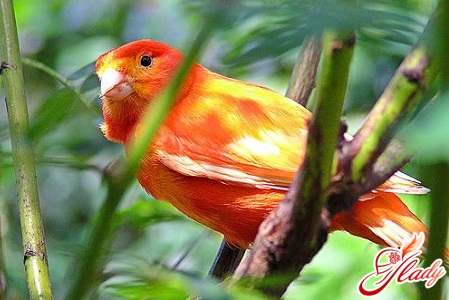
The third rule. Food
It should be noted that when overfeedingbirds are prone to obesity (strange as it may seem). Of course, this looks a little different than in mammals, but the fact remains. Therefore, you need to feed your little bird every day, giving her one or two teaspoons of dry food. You can feed less often, every other day, but feed twice as much. Obesity in a bird can arise not from the amount of food eaten, but from its quality. Therefore, experts advise to include the following foods in the canary ration.
In order for your bird to eat everything that is given to it(and did not choose only tidbits) and while not fat, it is necessary to strictly observe the daily norm of food, slightly increasing it during the moult. Also, remember the high metabolism of small birds (and the canary is just a small bird) and therefore make sure that the feeders are always with food. Change the grain feed and water in the cage in the morning. And if you give a bird and soft food (porridge, boiled eggs, cottage cheese), then it should be changed twice a day, so that the mixture does not become acidic.
Rule four. Hygiene and health
By and large it is, although gentle, butrather unpretentious canary birds - care for them is not burdensome. And yet, the physiological condition of your canary should be monitored. To check her fatness, the presence and intensity of the change of feathers, perform periodic inspections of the bird. To do this, gently hold it in your hands, fixing your head with your middle and index fingers and turn it upside down with your belly. Lightly blow on the area not covered with feathers (apterium). When molting in this place will be visible hemp from fallen or brush of newly growing feathers. Here on the abdomen, you can check the condition of subcutaneous fat. During the moult, it disappears from the birds, and the rest of the time it closes the apteria to half. If the apteria is completely covered with fat veins, then your bird began to "gain excess weight". In this case, reduce the amount of soft protein foods, giving preference to grain and greens. For the well-being of the canary, it is important to observe and light mode, which affects the loudness of singing, readiness for reproduction, the duration of molting. In winter, the length of the light day should be increased artificially, spilling it to fourteen hours, and in March - to sixteen. From the middle of summer, the light day should begin to decrease. The canary molting period lasts up to three months. At this time there is a reconstruction of the bird's organism and it needs a forage rich in vitamins and minerals. Young birds change their plumage to a bright and shiny adult outfit. This causes partial moulting. Adult birds molt completely. With the correct light mode, the canary sheds once a year. With more frequent molting or dropping of feathers, it is necessary to translate the bird for a short light day (up to nine hours). As you can see, caring for canaries does not cause much trouble. So if you decide to start this songbird, then do not be afraid of possible difficulties, but just follow the simple rules of care. True, remember that canaries sing only male (but how to sing!). And one more little reminder tip. The canaries sing early at dawn. If you need a good alarm clock, then the canary will replace it superbly. And if not - just cover the cage with a veil in the evening. We advise you to read:





